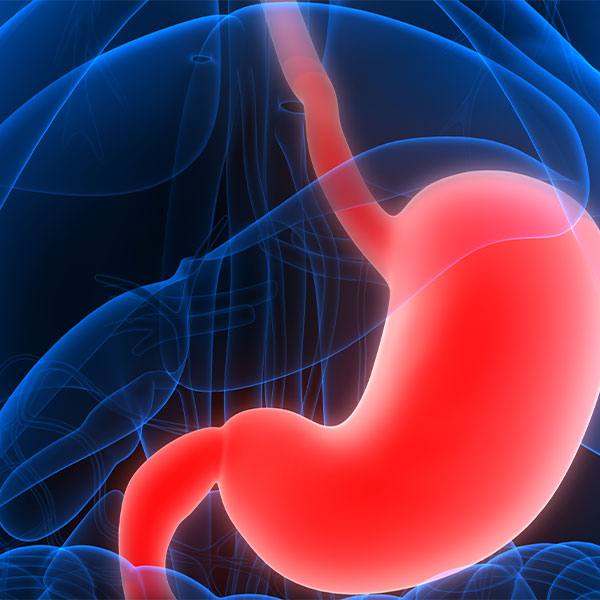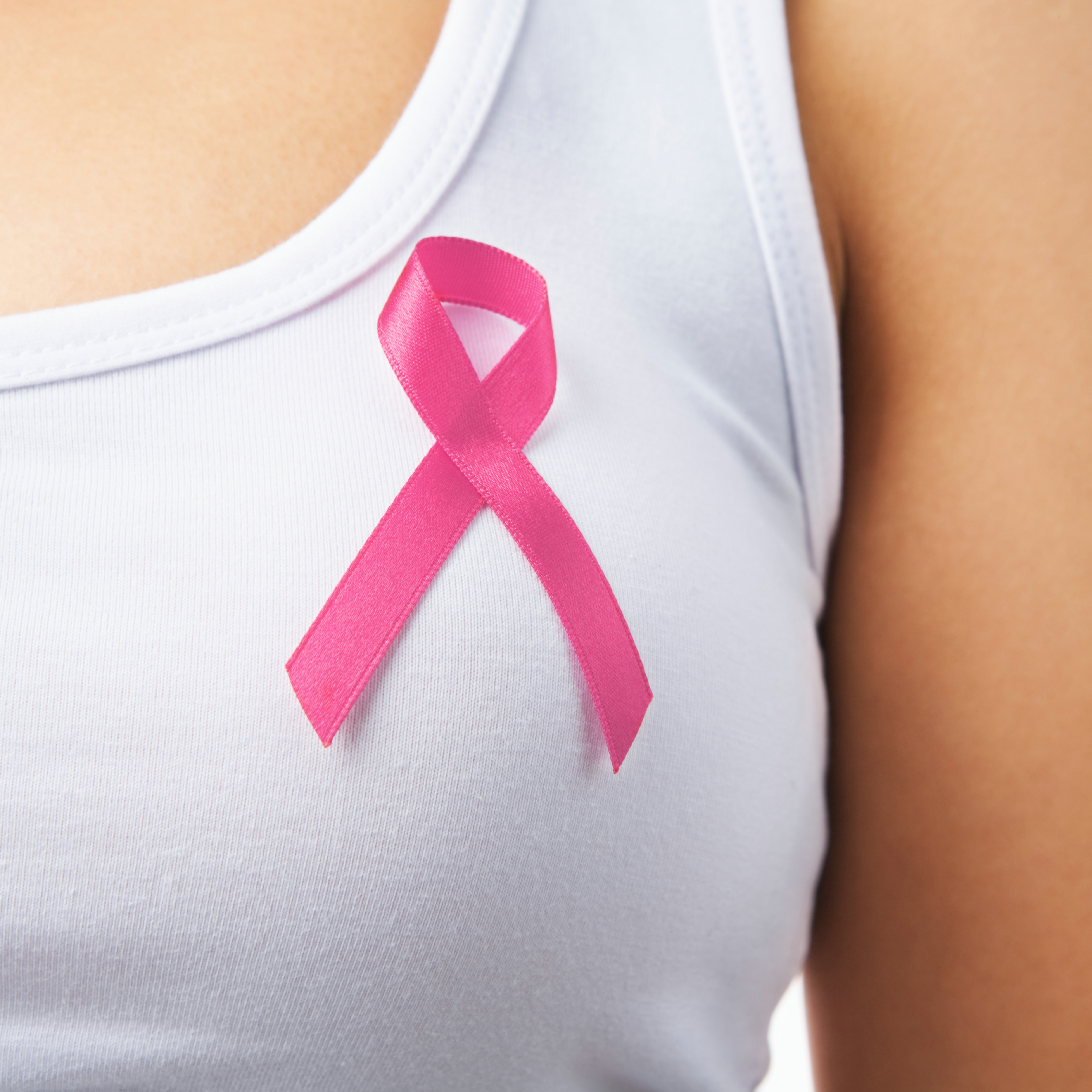-
Cancer
Putting the hurt on tobacco addiction
For the man who would become one of the world's leading experts on nicotine addiction, and who founded the Nicotine Dependence Center at Mayo Clinic, the foundation for his career was laid on a single day nearly 38 years ago.
"I had my last cigarette on Saturday, Nov. 22, 1975, at 3:30 in the afternoon," says Richard D. Hurt, M.D., an internal medicine specialist at Mayo Clinic in Rochester, Minn.
This was before the nicotine patch or gum or any of the other nicotine replacement therapies were available. This was before drug therapy or combination therapy increased the odds of success to quit smoking.
Mayo Clinic had just started its Smokers' Clinic, an outpatient support group that convened a few times a year. Dr. Hurt's wife, Mary, signed them up to attend the sessions. The education and group support — and a steady supply of Dynamints — were decisive in helping Dr. Hurt overcome his three-pack-a-day habit.
His own efforts to quit smoking also gave Dr. Hurt empathy for the struggles by the patients who would soon be coming to him for their smoking addictions.
Sounding like tens of thousands of people who have quit smoking before and since, Dr. Hurt says with a laugh, "Oh, I'd quit plenty of times before. Sometimes for even as long as a half an hour."
Then he grows serious. "It was the hardest thing I've ever done. For the longest time I would develop a strategy to get through the next hour without smoking. Then the hour after that. It wasn't easy, and I wasn't particularly pleasant to be around. Friends and colleagues wondered if I might want to start smoking again."
Formation of the Nicotine Dependence Center
 Richard D. Hurt, M.D., lecturing on nicotine addiction
Richard D. Hurt, M.D., lecturing on nicotine addiction
The drive and determination that enabled Dr. Hurt to quit smoking were the same qualities he brought to his commitment to help people overcome their own nicotine addiction.
He first served as a group counselor at the Smokers' Clinic and later became its medical director, in addition to continuing his regular duties in internal medicine. He incorporated his work in addiction therapy with the group, but he believed much more help should be offered to smokers.
The idea of a program dedicated to tobacco dependence crystallized one day in a lunchroom cafeteria when Dr. Hurt met up for coffee with Kenneth Offord, now an emeritus research colleague at Mayo Clinic.
That morning in 1987, Dr. Hurt had received two phone calls from Mayo Clinic's hospital staff about patients with severe vascular disease that was caused, in part, by smoking. The referring physicians had asked Dr. Hurt what treatment existed that might help their patients stop smoking. The answer had been simple: "Nothing."
But "nothing" was no longer acceptable to Dr. Hurt. He organized an ad hoc group that planned for what would eventually become the Nicotine Dependence Center.
Offord, a member of the group, remembers back over the quarter century.
"Many people at Mayo have good ideas, but Richard had the chutzpah to carry his out," Offord says. "He was like the bulldozer who cleared the path. A lot of people helped build the infrastructure for the program, but Richard was there directing every step of the way. He was committed, and he brought together that rare combination of skills to make the center a success.
"We wanted to create a blue ribbon program," Offord adds. "We traveled to see the best programs in the world at the time. The best is where we began, and then Richard wanted to offer something better."
The strength of Dr. Hurt's personality and the level of his commitment were on display during the ensuing months of 1987 as he took his ideas for a formal medical nicotine treatment unit to different departments within Mayo Clinic — and was rejected. An anti-smoking program was still too new and controversial to warrant broad support.
Finally, he appealed directly to Mayo Clinic's governing board and won approval for a program independent of other Mayo Clinic departments. Later, it became the Nicotine Dependence Center and was put under the Department of Medicine, one of the departments that had earlier rejected the program.
The center "was only possible because Dr. Hurt was willing to stand up and speak out," adds Thomas P. Moyer, Ph.D., a close friend and now an emeritus Mayo Clinic laboratory pathologist. "His passion infected everyone around him. He has changed how we deal with the issue of tobacco addiction."
Taking on the tobacco industry
 In 1998, Dr. Hurt was the key witness in a lawsuit against the tobacco industry.
In 1998, Dr. Hurt was the key witness in a lawsuit against the tobacco industry.
In 1994, the Minnesota attorney general and Blue Cross and Blue Shield of Minnesota sued the tobacco industry. When the case went to trial four years later, the state's key witness and the first to take the stand was Dr. Hurt. He testified for nearly a week.
To prepare for the trial, Dr. Hurt studied assiduously for two years, reviewing thousands of pages culled from 33 million pages of previously secret documents. What he found outraged him.
"The documents revealed that the tobacco industry had known for five decades — for five decades — that their products killed people," he says. "They knew it was addictive. They knew smoking led to serious diseases like lung cancer. It was bad enough they hid these findings, but the documents revealed that they had actively worked to make cigarettes even more addictive."
The case came to an end in 1998, with Big Tobacco agreeing to pay a $6.6 billion settlement and to release millions of damaging documents, a lawsuit that forever changed how the public, health care officials and regulatory agencies viewed the tobacco industry. The lawsuit is now recognized as one of the key tests against the power and influence of the tobacco industry and, because of Dr. Hurt's unshakable testimony, has contributed to dramatic changes in legal restrictions on tobacco products.
Dr. Hurt calls the Minnesota tobacco case "one of the most important events of the second half of the 20th century."
Still going strong
In the more than 25 years since its first patient was seen in April 1988, the Nicotine Dependence Center has reached a level of maturity that is reflected in the scope of its programs.
"Dr. Hurt mimicked Mayo Clinic's three shields of service from the very beginning, emphasizing patient care, education and research," says Ivana T. Croghan, Ph.D., an experimental pathologist and epidemiologist who joined the Nicotine Dependence Center staff in Rochester in 1991 and remains there today as the research program coordinator. "And he has emphasized that the needs of the patients have always come first."
Counselors and physicians at the Nicotine Dependence Center have treated more than 50,000 patients for tobacco dependence. And they've backed the patient care and the multilayered education programs with crucial research.
While it has taken a team effort to build and sustain the center, Dr. Hurt's role is not lost on his colleagues.
The Nicotine Dependence Center "would not be in existence today without the commitment and inspiration of Dr. Hurt," says Michael V. Burke, program coordinator for treatment. "His passion for the truth has changed how the world views nicotine addiction."
A global influence
 Richard D. Hurt, M.D., receives congratulations for his career achievements from John H. Noseworthy, M.D., Mayo Clinic president and CEO.
Richard D. Hurt, M.D., receives congratulations for his career achievements from John H. Noseworthy, M.D., Mayo Clinic president and CEO.
Today, Dr. Hurt shares his commitment and passion with other health care professionals. With program coordinator Sheila K. Stevens, he directs the center's education program, training others to incorporate nicotine dependence treatment into their practices.
"Dr. Hurt's philosophy has always been to share staff between treatment and training," Stevens says. "The counselors who treat patients are the same counselors who teach other health care professionals around the world. By being active in treatment, our counselors are that much better educators for it."
The tobacco cessation efforts of the center are now global — and for good reason.
According to the World Health Organization (WHO), tobacco kills 6 million people each year, and that number is increasing. Left unchecked, tobacco use will kill 1 billion people in the 21st century. Developing countries, home of 80 percent of the world's smokers, are disproportionately affected by the tobacco epidemic, WHO predicts.
In 2010, Dr. Hurt led a group of visionary organizations and concerned individuals to change those numbers.
"We have developed a program here that has proved it can help with this health crisis, and we believed we had an obligation to do so," Dr. Hurt says.
The organizers knew such a program had to be international in scope and regional in application. They called it Global Bridges.
"People from all over were coming to us and asking for help," says Dr. Hurt, who also serves as chair of the Global Bridges executive team. "Global Bridges enhances access and adapts proven treatment methods to specific needs throughout each of the World Health Organization's six regions."
Founded by Mayo Clinic, the American Cancer Society and The University of Arizona, Global Bridges has offered state-of-the-art training for more than 800 professionals from nearly three dozen countries, as it strives to build a worldwide network of health care providers who will lead their countries in tobacco treatment. To date, the training program has been adapted and translated into Chinese, Arabic and Spanish.
It's still about the patient
Despite his international involvement and travel schedule, Dr. Hurt still finds time to practice in the clinic.
"First and foremost, it's still about helping patients overcome their addiction to nicotine," he says. "And we learn as much from them as they learn from us."
Seeing patients also gives Dr. Hurt the opportunity to let them know that one day in November many years ago, he, too, had a last cigarette, and that stopping smoking is still the hardest thing he has ever done.







